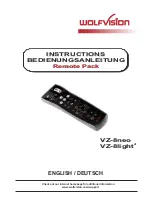
1
Getting the Lay of the Land
In This Chapter
▶
Taking a tour of external controls
▶
Looking at lenses and memory cards
▶
Using the optional electronic viewfinder
▶
Selecting from menus
▶
Customizing your display
▶
Viewing and adjusting picture-taking settings
▶
Customizing basic operations
A
t first glance, the Olympus PEN E-PL1 could easily be mistaken for just
another digital point-and-shoot camera. But don’t be fooled by your
camera’s diminutive size or the simplicity of its outward design:
Under that small, sexy exterior lies a lot of photographic
muscle.
This chapter covers the basics you need to start
enjoying all the E-PL1 has to offer, introducing you to
its external features, showing you how to work with
interchangeable lenses, and explaining how to navi-
gate menus and select camera settings. In addition,
the last part of the chapter details options that
enable you to customize basic camera operations.
Taking a Quick Tour
If you’ve used a digital camera before, some external con-
trols on the E-PL1 may be familiar to you. The button that you
press to erase pictures, for example, is marked with the universal
delete symbol — a trash can. But some features are unique to the E-PL1, so
the next three sections provide an overview of the function of each external
control. (I discuss these controls in more detail later in this book.)
05_879504-ch01.indd 7
05_879504-ch01.indd 7
6/28/10 1:30 PM
6/28/10 1:30 PM
COPYRIGHTED MATERIAL


































